- the article explains how exposure used to work in Unreal Engine 4.24
- what problems the behavior caused and how the new implementation solves these problems
- looking at grey-point targeting, physical exposure units, lens values, and perceptual brightness
- additionally provides an overview of the debug modes available
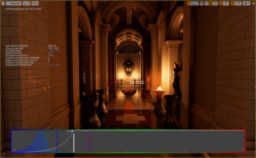
- the article shows how the milky way rendering from the Witcher 3 - Blood & Wine DLC was implemented
- including a brief look at the star rendering
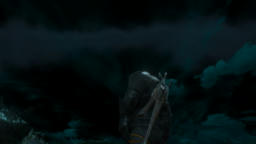
- A Unity tutorial that focuses on the deformation of a plane to create a crumbled paper look
- implemented using a vertex shader
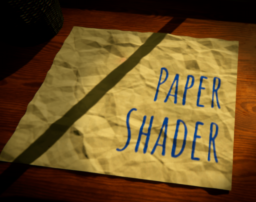
- the post provides an overview of an algorithm for boolean operations on geometry
- this allows for runtime slicing of meshes such as for dynamic destructions systems
- the idea is based around finding the overlap of two meshes to generate new vertices along the interception to create the cut
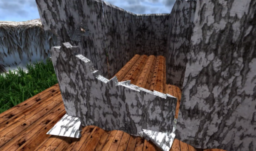
- part 3 of Nvidia ray tracing series
- this part focuses on the history of ray tracing hardware and presents how Nvidia changed its design approach
- Turing has dedicated hardware for Raytracing and machine learning tasks. the previous architecture contained only general-purpose compute
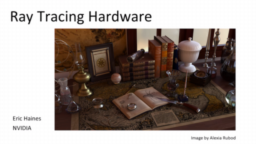
- the article discusses techniques to compress data for skeletal animation data used for game runtimes
- presents an overview of standard terms
- followed by a look at data quantization, quaternion compression, and track compression

- a very brief high-level overview of mesh shaders and necessary OpenGL extension
- provides a condensed OpenGL example that renders a fullscreen quad
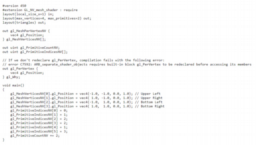
- the article presents multiple scenarios in D3D12 where manual barrier synchronization is required
- followed by a back-to-back copy into buffers that cannot be synchronized by barriers and shows the behavior observed on actual hardware
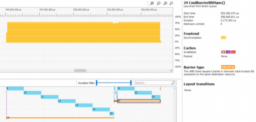
- the post focuses on efficient and high-quality grid rendering for “The Machinery” editor
- implementation is done in a pixel shader on world space quad created by two triangles
- shaders deals with LOD selection, anti-aliased line rendering, falloff for gracing angles and grid extends
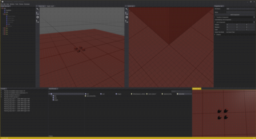
Thanks to Lesley Lai for support of this series.
Would you like to see your name here too? Become a Patreon of this series.